Invited Speakers
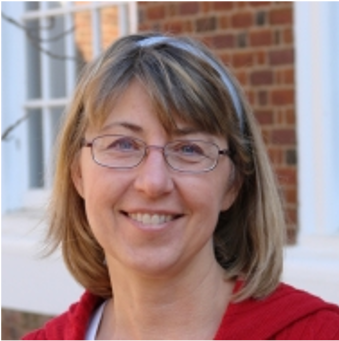
Catherine Dukes directs the Laboratory for Astrophysics and Surface Physics (LASP) and provides expertise in X-ray photoelectron spectroscopy for the University of Virginia’s Nanoscale Materials Characterization Facility. Her NSF and NASA funded research focuses on the interaction of radiation (ions, electrons, and photons) with surfaces and the resulting physical and chemical effects. Our emphasis is on understanding the fundamental physics at work in our solar system, particularly the effects of solar-wind particles on the surfaces of airless bodies such as our Moon, Mercury, asteroids, and comets, by simulating planetary regolith environments in the laboratory.

Lindsay Keller is a planetary scientist within the Astromaterials Research and Exploration Science (ARES) Division at the NASA Johnson Space Center (JSC). Lindsay received his BSc and MS from North Dakota State University and his PhD in Geology at Arizona State University. Keller then completed a National Research Council postdoctoral fellowship at JSC and worked as a materials scientist in the private sector before returning to NASA JSC in 2000. Lindsay is a leading expert in understanding the effects of space weathering at the atomic scale and has analyzed the mineralogy, microstructural, and chemical effects resulting from space weathering processes of diverse samples from meteorites, asteroids, cosmic dust, and the lunar surface. Lindsay Keller is a co-investigator on the OSIRIS-REx mission which will return samples from asteroid Bennu in 2023.
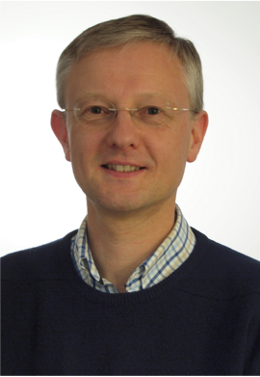
Harald Krüger studied physics and astrophysics at the Universities of Göttingen/Germany and Edinburgh/UK. He received his PhD in astrophysics at the University of Göttingen in 1992. He was a post-doc at MPI for Astronomy, and later at MPI for Nuclear Physics, both located in Heidelberg, Germany. In 2004 he moved to MPI for Solar System Research in Katlenburg-Lindau/Göttingen. He is PI and Co-I for in situ dust instruments on several space missions including Galileo, Ulysses, Cassini, Rosetta, Philae, BepiColombo, DESTINY+, MMX. His main research interests include small bodies in the solar system, cosmic dust and solar system formation. On BepiColombo he is involved in the plasma investigations onboard MIO and MPO. He teaches at the University of Göttingen.
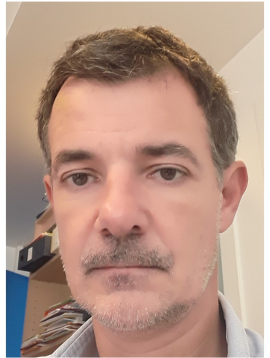
François Leblanc is a CNRS researcher in the Laboratoire Atmosphères, Milieux, Observations Spatiales (Sorbonne Université, Paris, France). Specialist of the interaction between planetary objects and their environment, he is Inter Disciplinary Scientist on MAVEN and BepiColombo in charge of the study of the research of signatures of Mars’ atmospheric sputtering on MAVEN and of the preparation of BepiColombo observations of Mercury’s surface/exosphere and magnetosphere. He has developed a generic model to describe the exosphere around many planetary objects in our Solar System, from Mercury’ one to Europa and Ganymede exospheres, including Mars and the Moon ones.
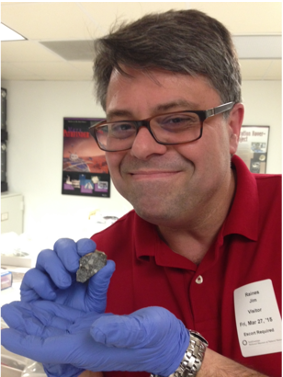
Jim Raines is space plasma physicist (Associate Research Scientist at the University of Michigan) who’s work focuses on the study of Mercury’s space environment and the solar wind, as well as the design, construction and operation of space plasma instrumentation. He was Instrument Scientist for the MESSENGER Fast Imaging Plasma Spectrometer (FIPS) which made the first ion measurements at Mercury in 2008 and throughout the orbital mission. He has authored or co-authored over 80 publications on Mercury. Since MESSENGER, Dr. Raines has focused much of his time on new missions and instruments. He is Instrument Scientist for the Heavy Ion Sensor on Solar Orbiter, which launched in 2020. He is also working on the development of a new plasma mass spectrometer (SPICES) and a leads the development of a Faraday Cup capable of measuring very high speed solar wind. He is a Co-I on the BepiColombo SERENA suite and anxiously awaits its delivery into Mercury orbit.
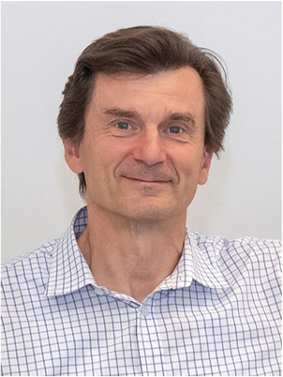
Peter Wurz has a degree in electronic engineering (1985), an M.Sc. and a Ph.D. in Physics from Technical University of Vienna, Austria (1990). He has been a post-doctoral researcher at Argonne National Laboratory, USA, and is since 1992 at the University of Bern. He is a Professor of physics and since 2015 head of the Space Science and Planetology division. He is Co-I and PI for many science instruments for space missions of ESA, NASA, ISRO, CNSA, Roscosmos, and JAXA, for example on the BepiColombo and Luna-Resurs, to explore the hermean and lunar exospheres.
